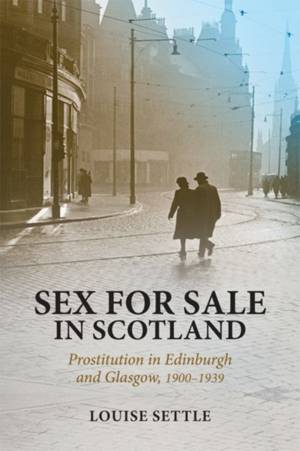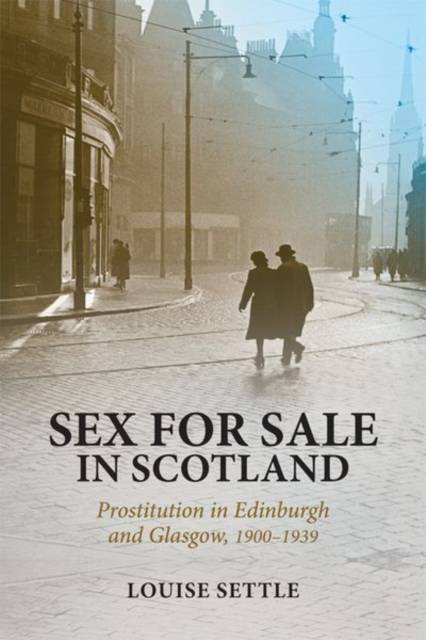
- Retrait gratuit dans votre magasin Club
- 7.000.000 titres dans notre catalogue
- Payer en toute sécurité
- Toujours un magasin près de chez vous
- Retrait gratuit dans votre magasin Club
- 7.000.0000 titres dans notre catalogue
- Payer en toute sécurité
- Toujours un magasin près de chez vous
Description
Sex for Sale in Scotland examines the various formal and informal methods that were used to police female prostitution in Edinburgh and Glasgow between 1900 and 1939 and explores how these policies influenced women's lives. The book uses a rich combination of police, probation, magistrates', poor law and voluntary organisations' records to demonstrate how these organisations combined to establish a 'penal-welfare' approach towards regulating prostitution in Scotland. By mapping the geography of prostitution, the book argues that prostitution was not forced into the outskirts of society, either physically or socially.
The book examines both indoor and outdoor prostitution and the relationships that developed among the wide range of people who profited from commercial sex. Particular emphasis is placed on the experiences of the women involved in prostitution, highlighting the poverty, exploitation and abuse they faced, but also the ways in which they negotiated these dangers.
This social history of prostitution maps how the organisation, policing and experiences of prostitution developed in an ever-changing urban landscape during a period of extraordinary developments in technology and entertainment, alongside the wider socio-economic changes brought about by the First World War.
Spécifications
Parties prenantes
- Auteur(s) :
- Editeur:
Contenu
- Nombre de pages :
- 224
- Langue:
- Anglais
- Collection :
Caractéristiques
- EAN:
- 9781474429313
- Date de parution :
- 01-08-17
- Format:
- Livre broché
- Format numérique:
- Trade paperback (VS)
- Dimensions :
- 155 mm x 234 mm
- Poids :
- 385 g

Les avis
Nous publions uniquement les avis qui respectent les conditions requises. Consultez nos conditions pour les avis.






